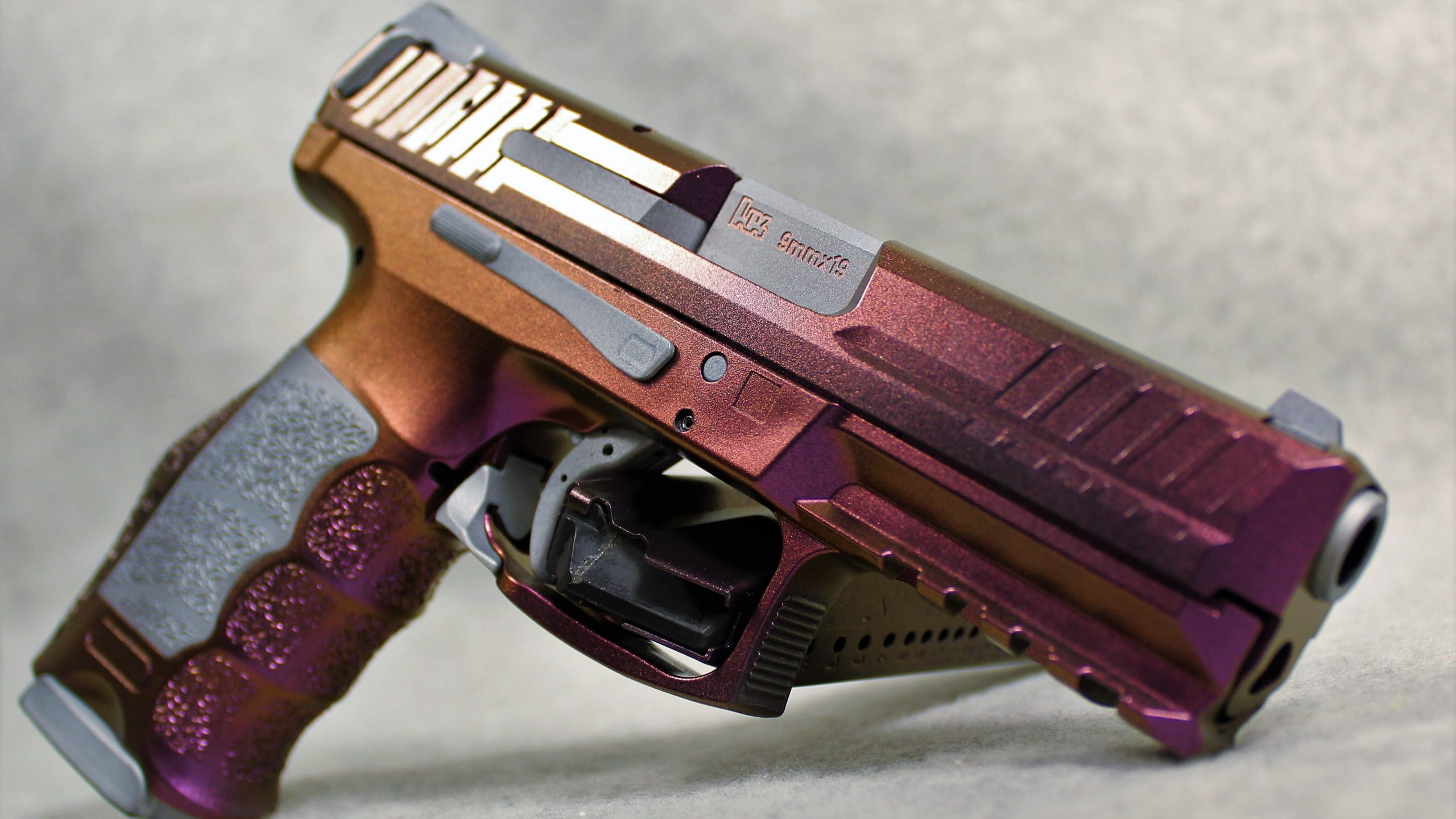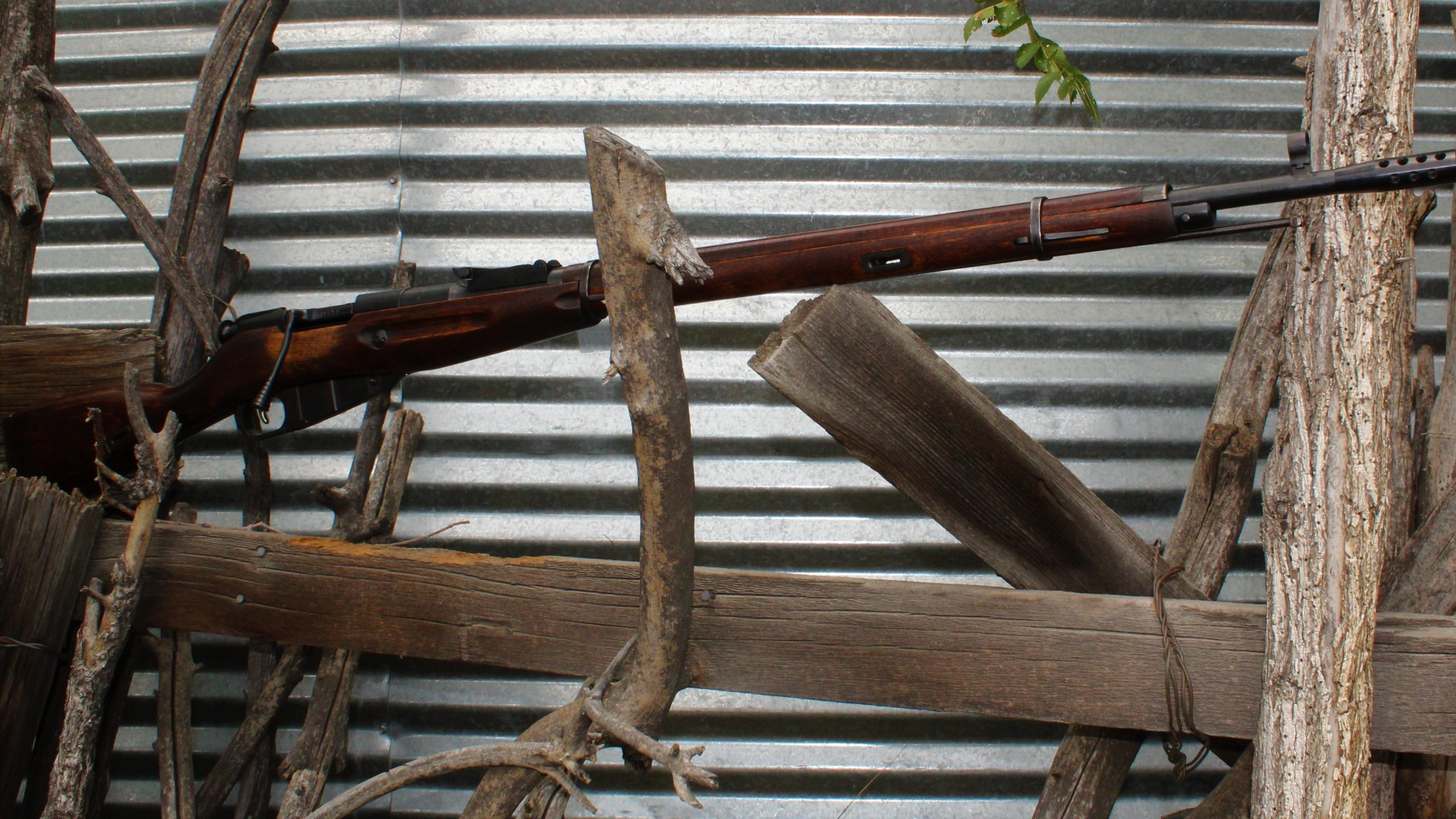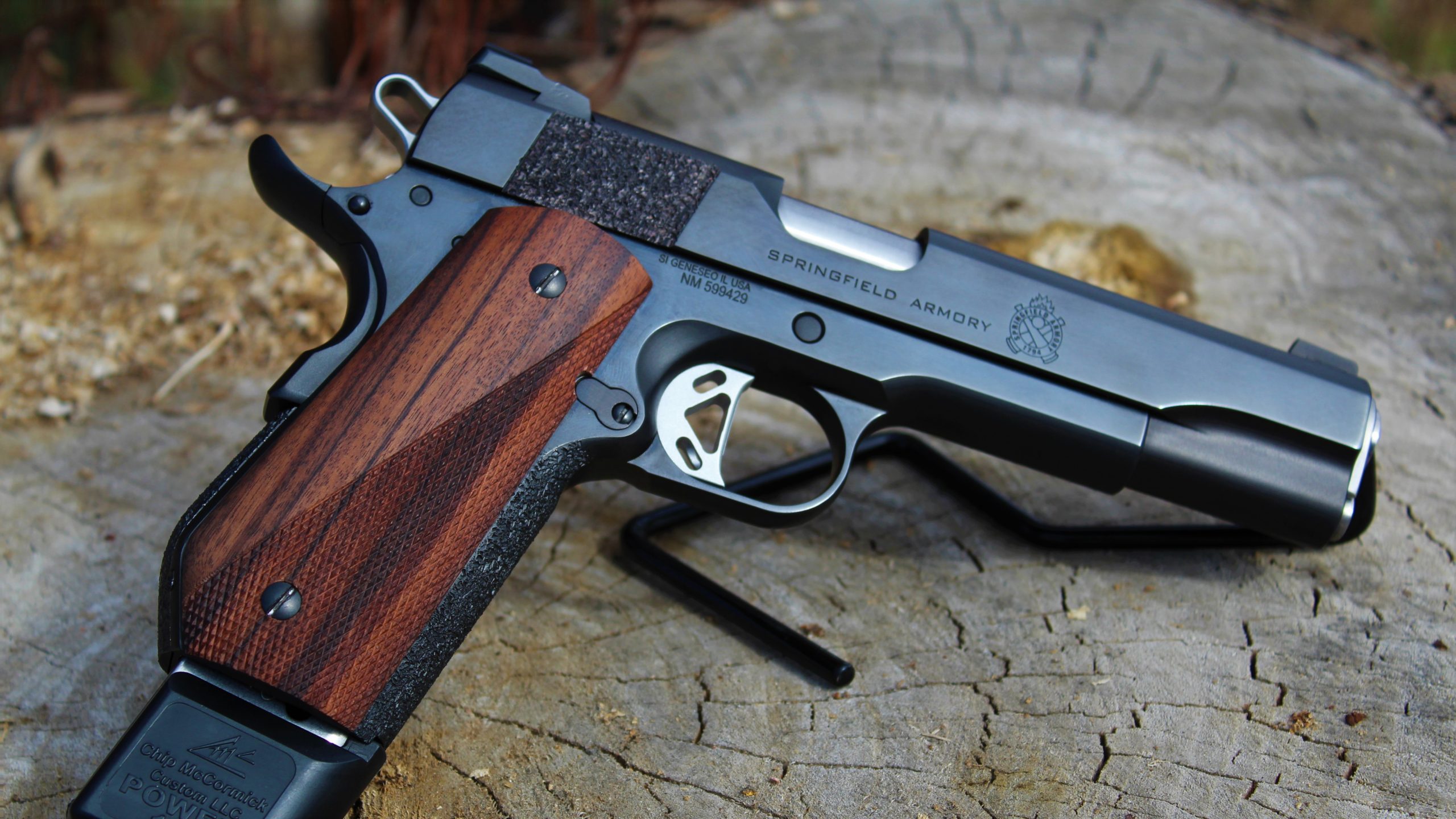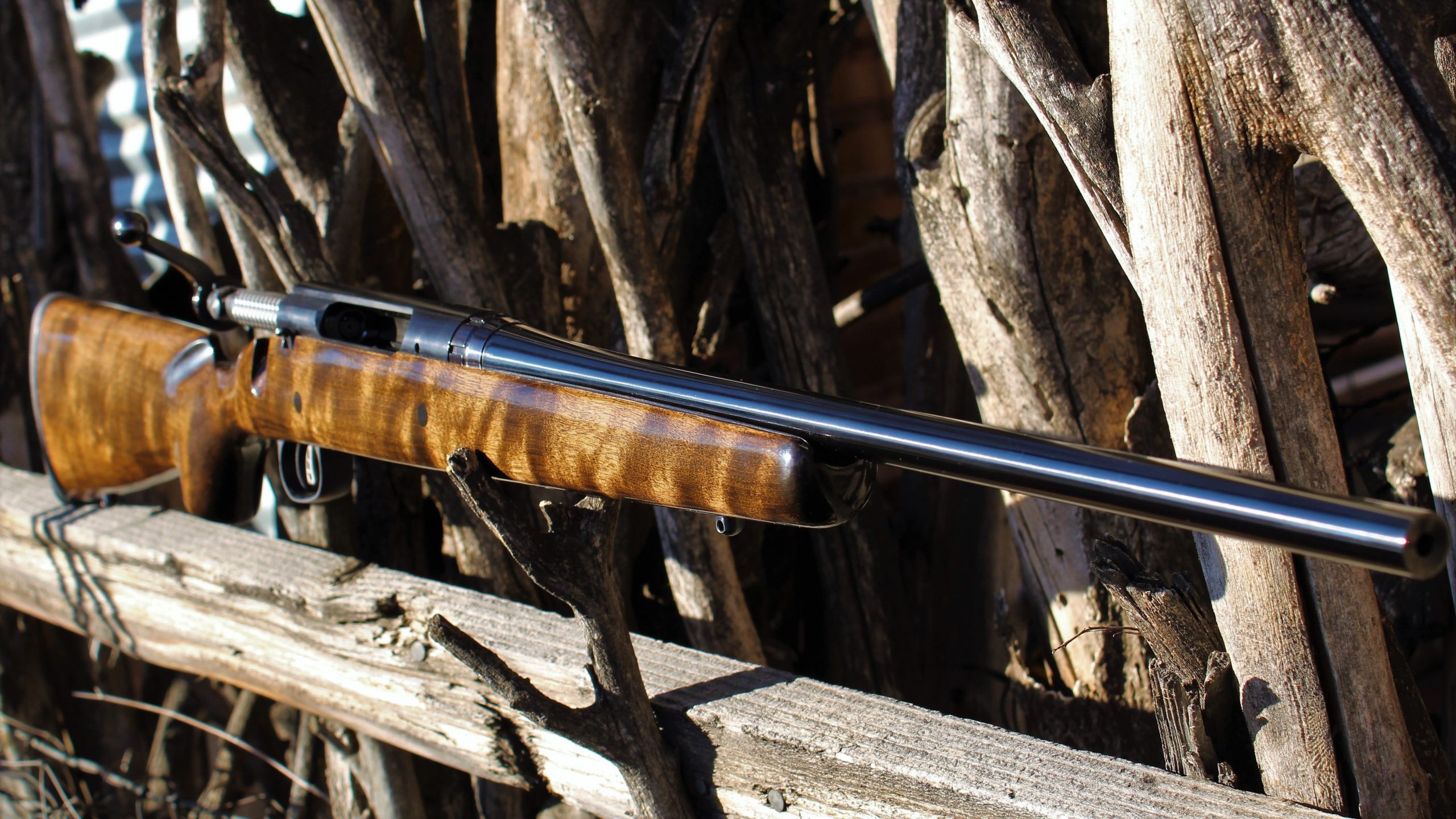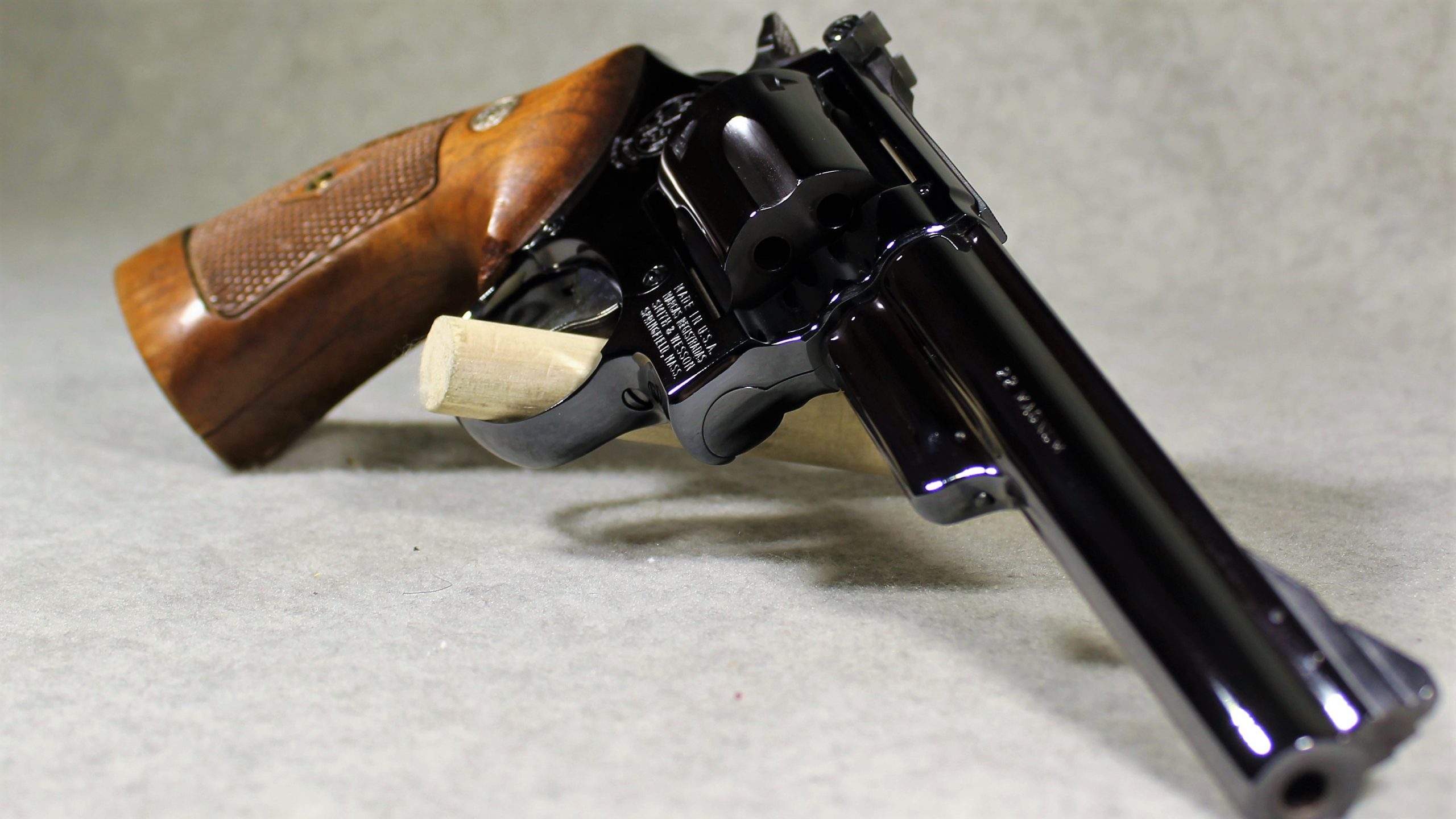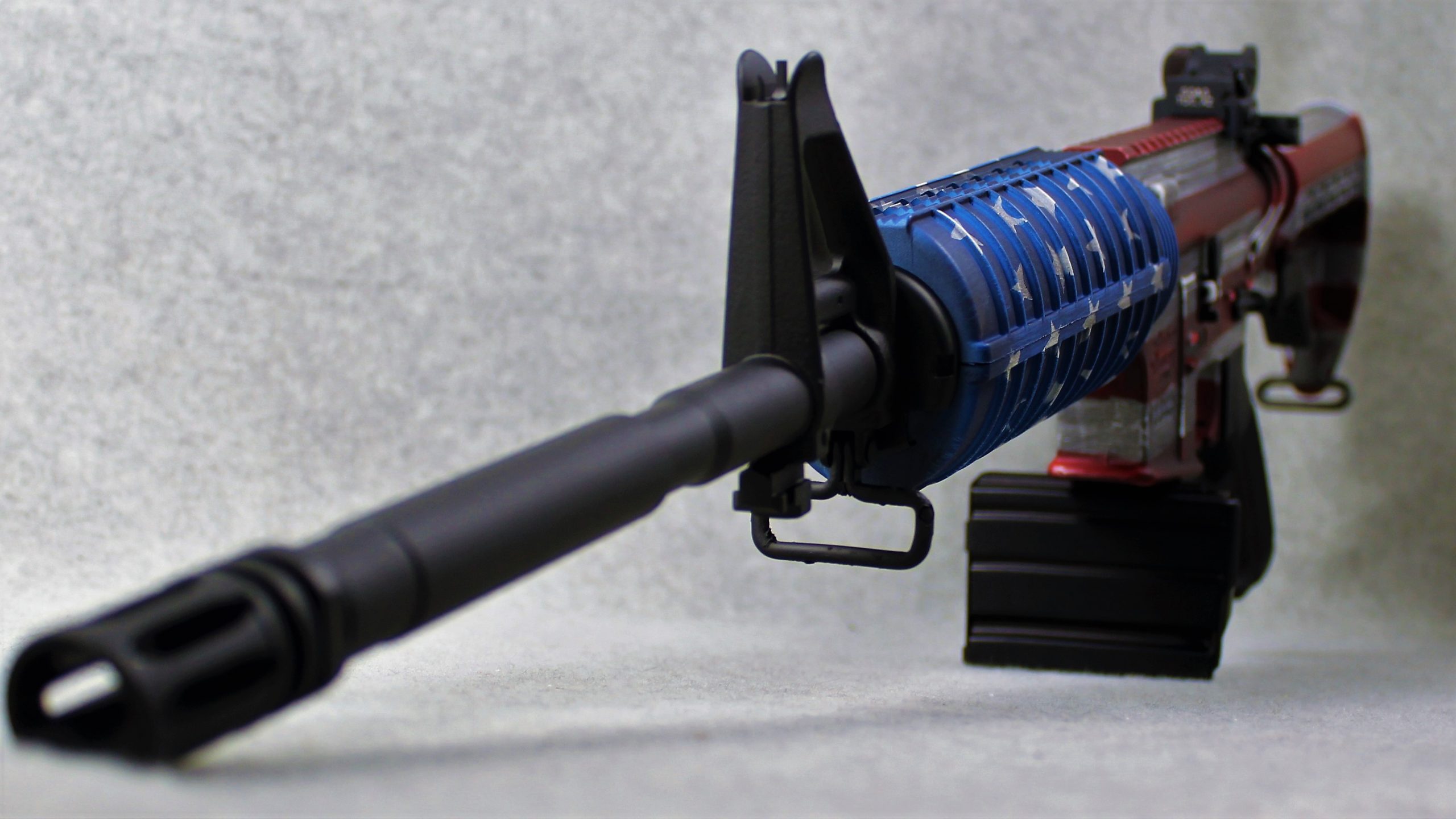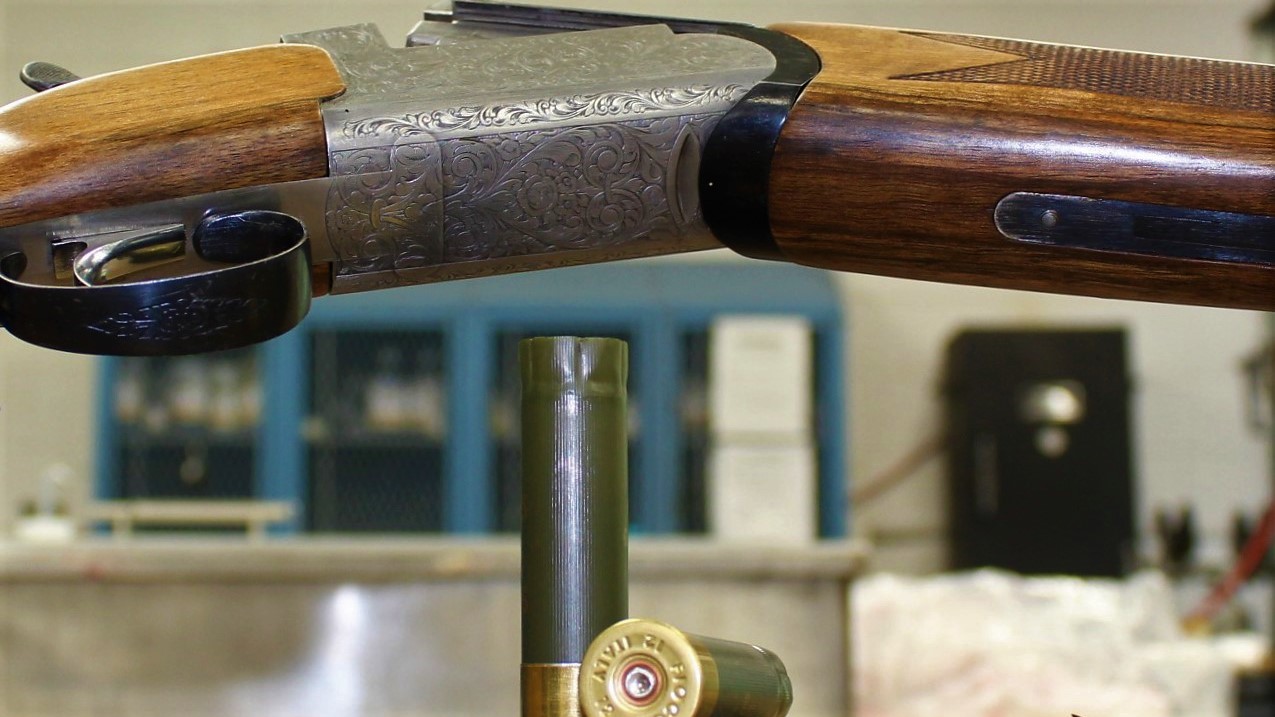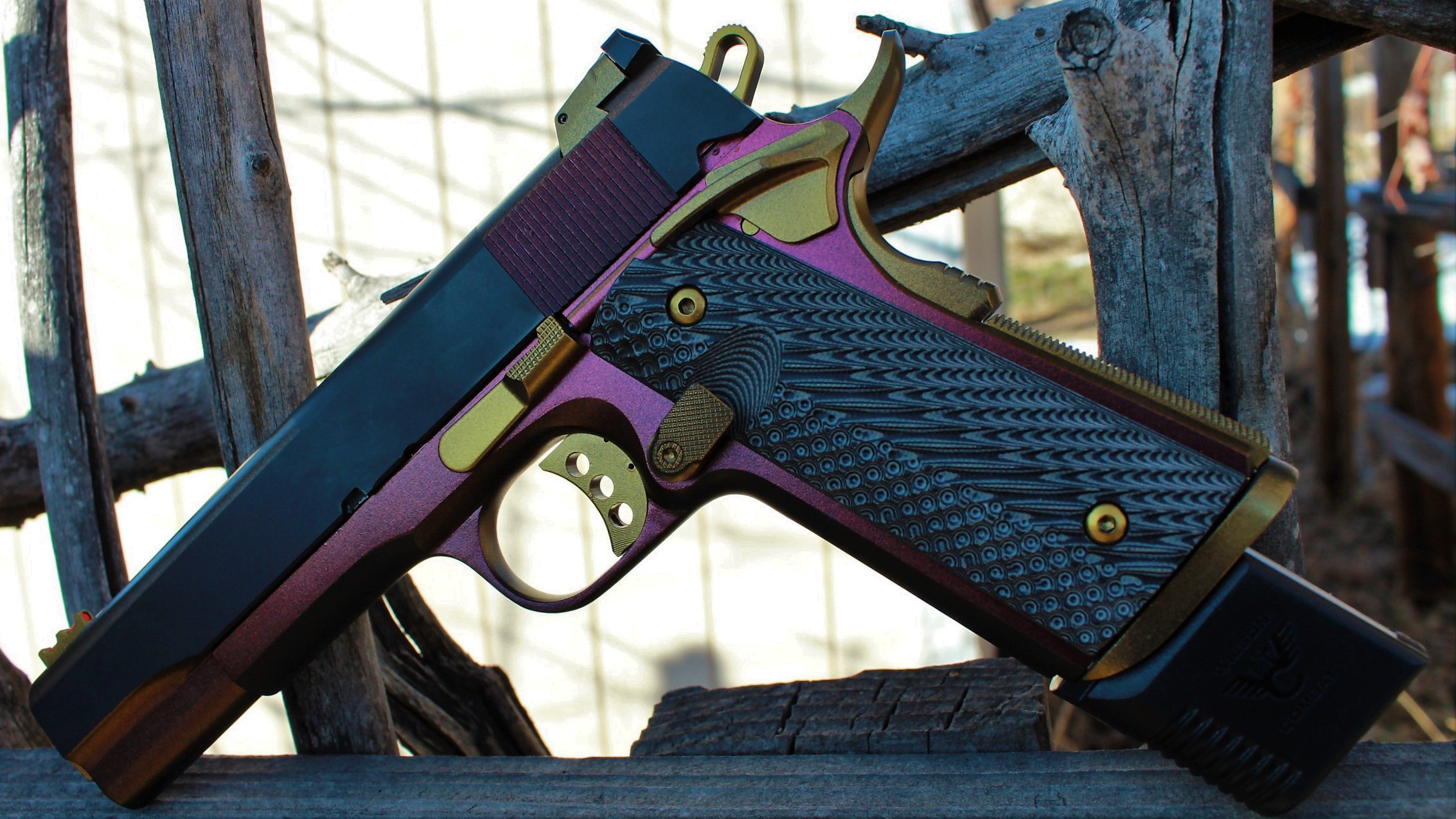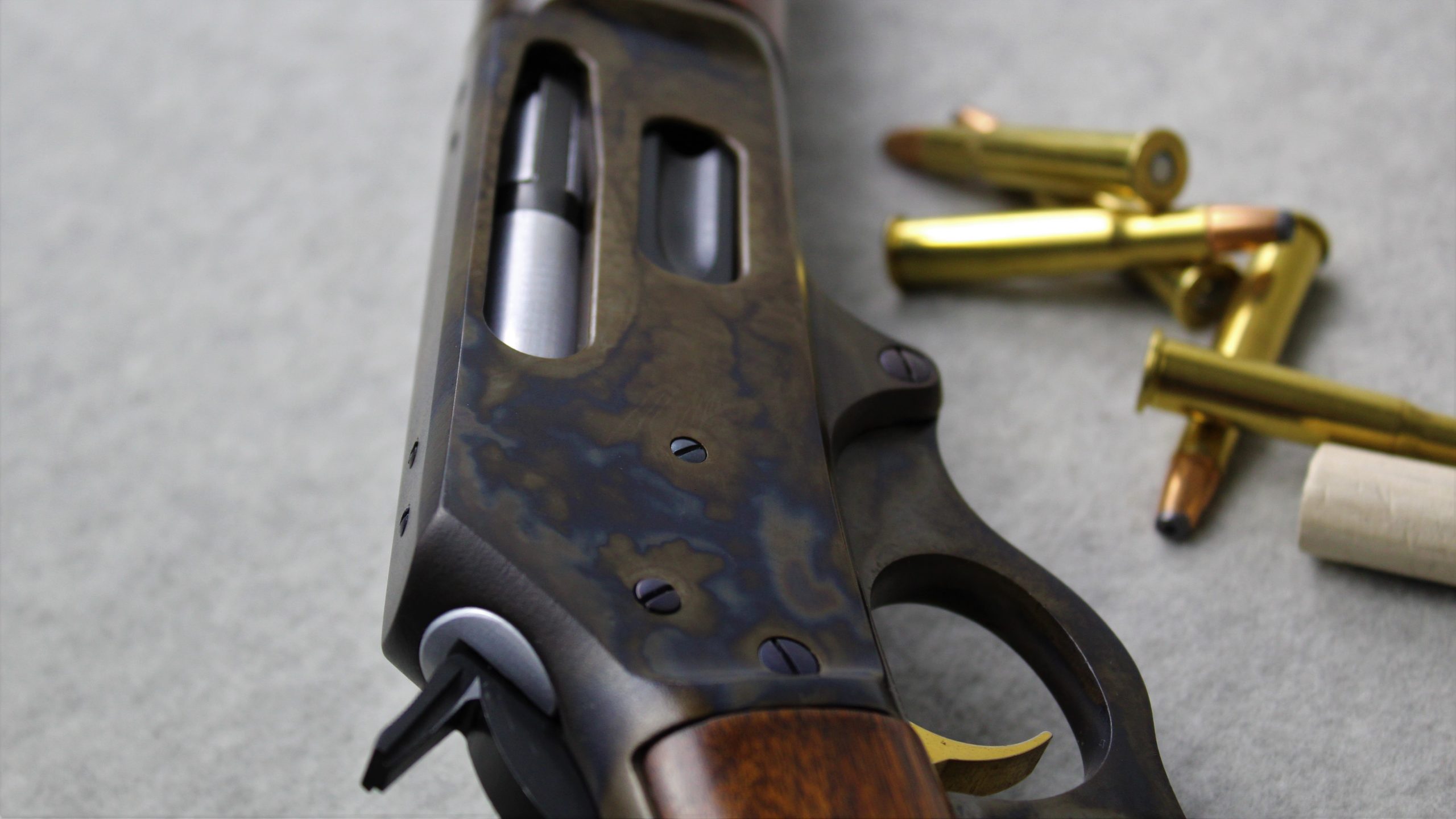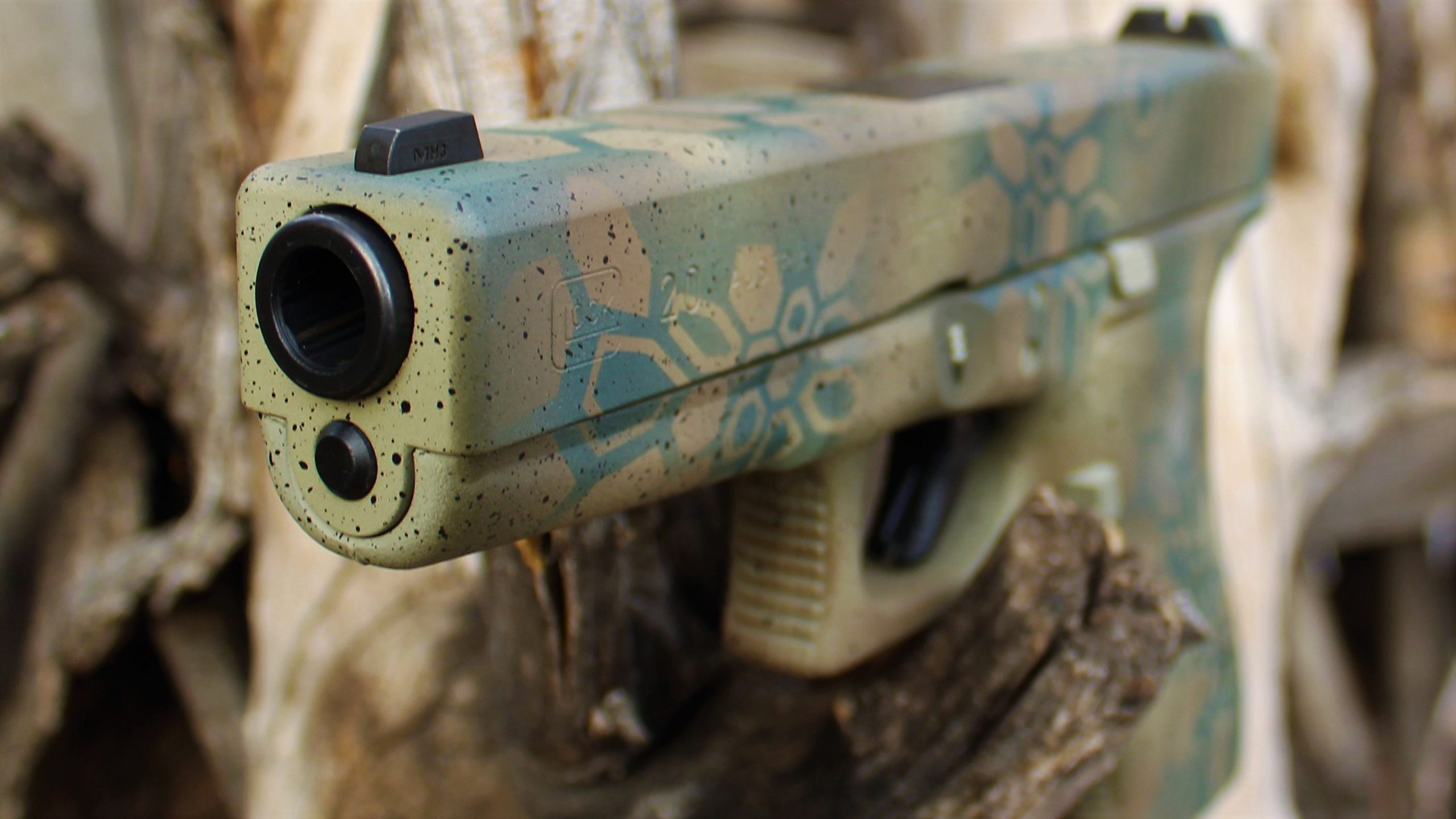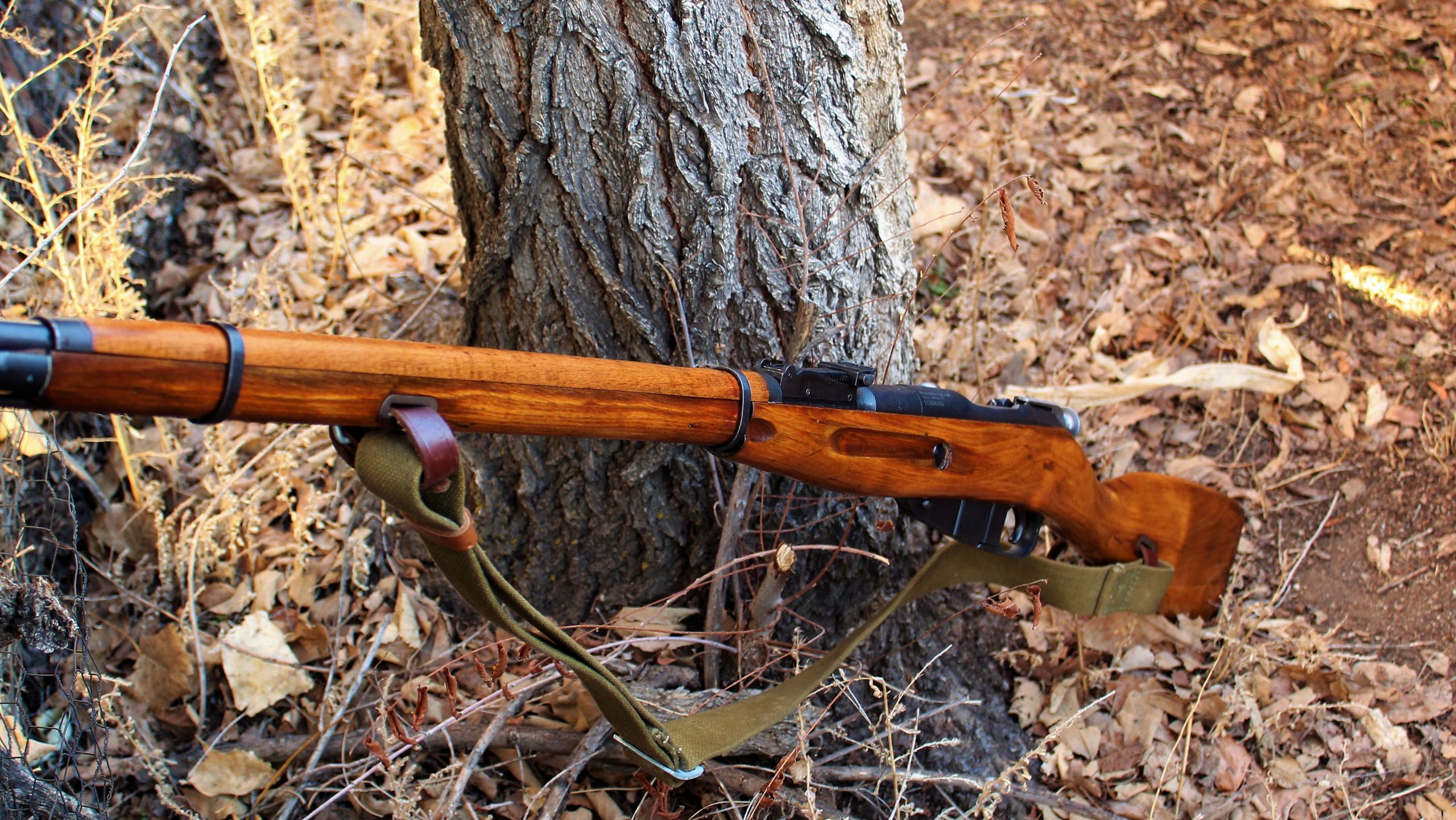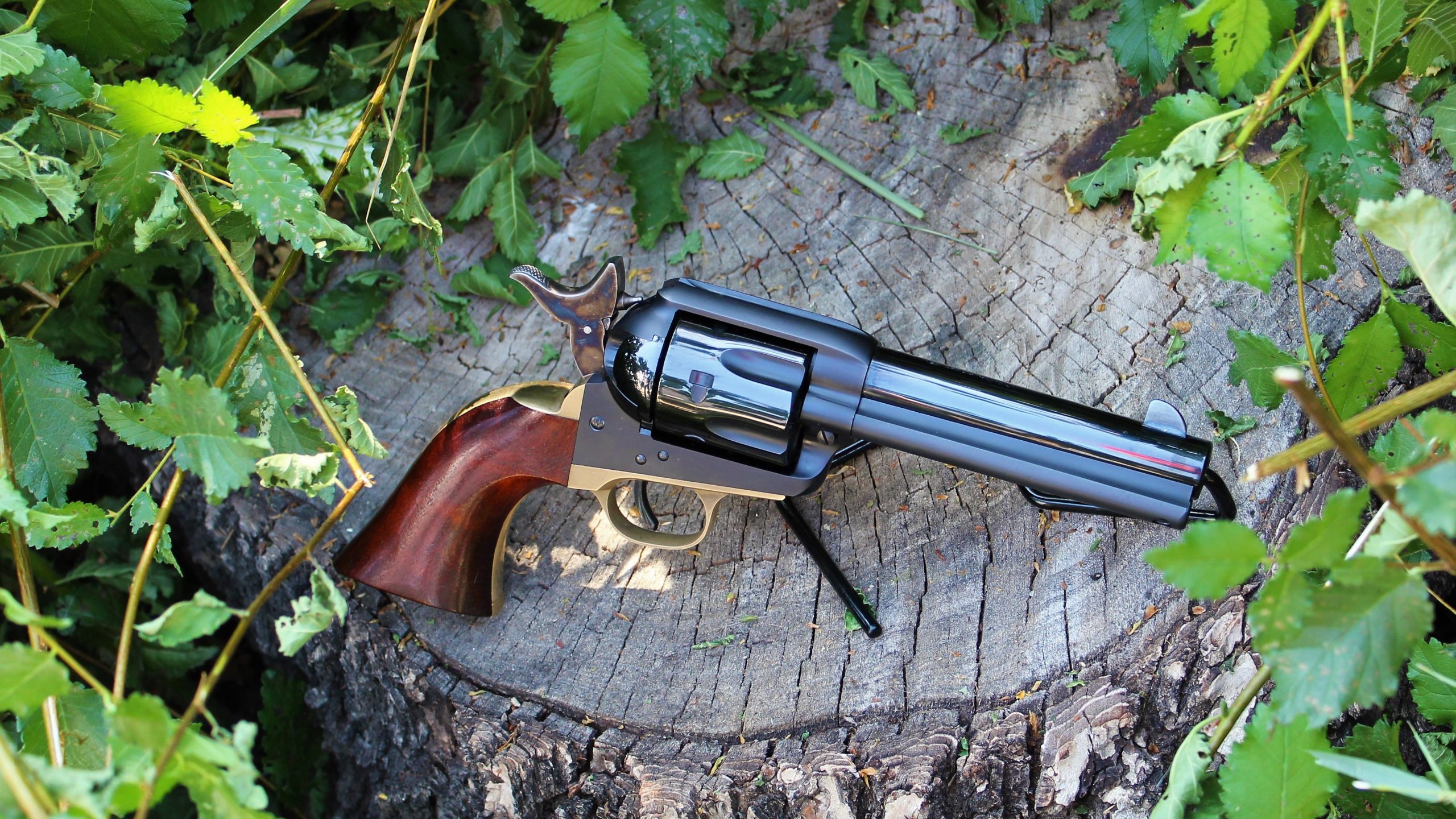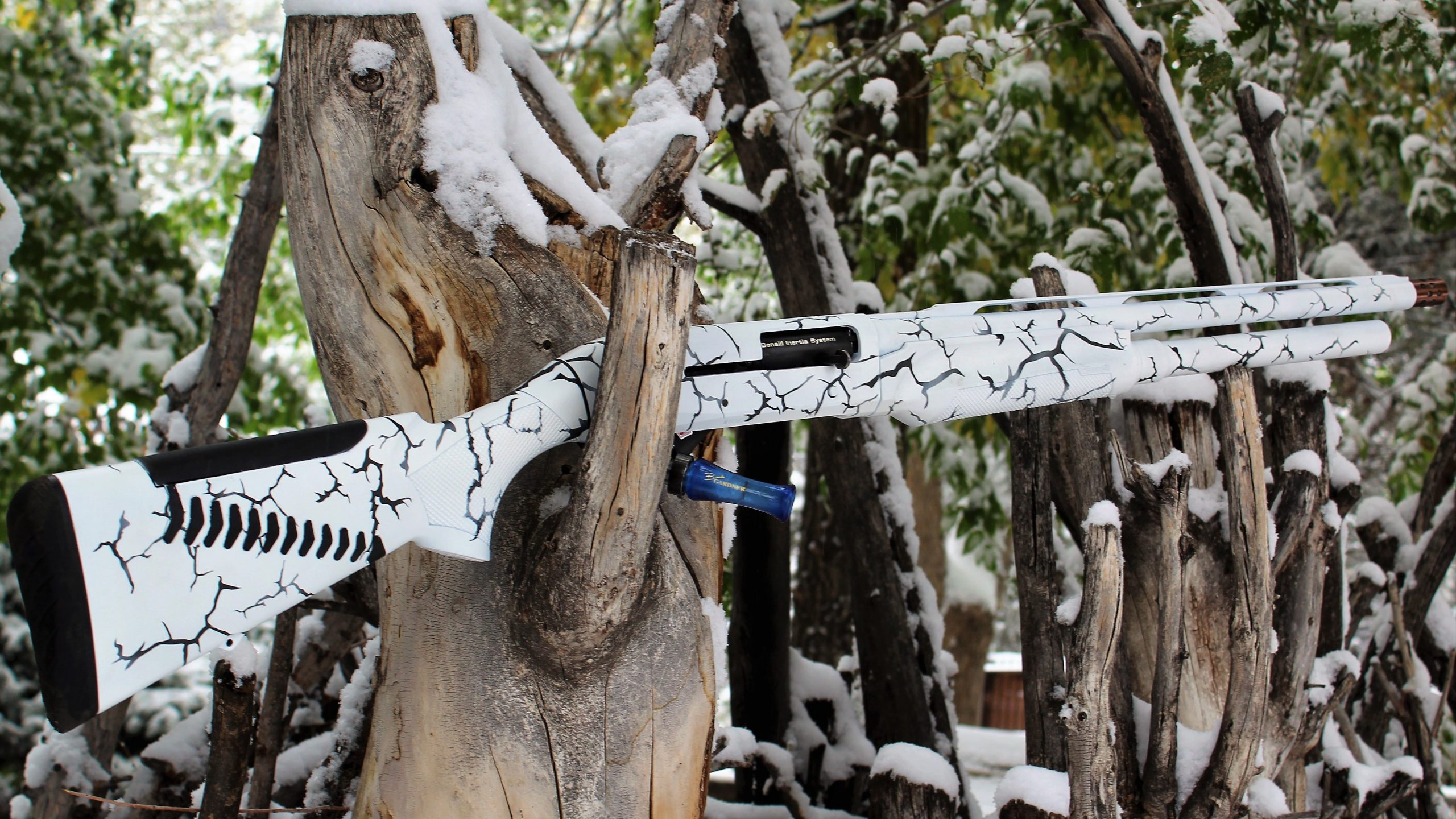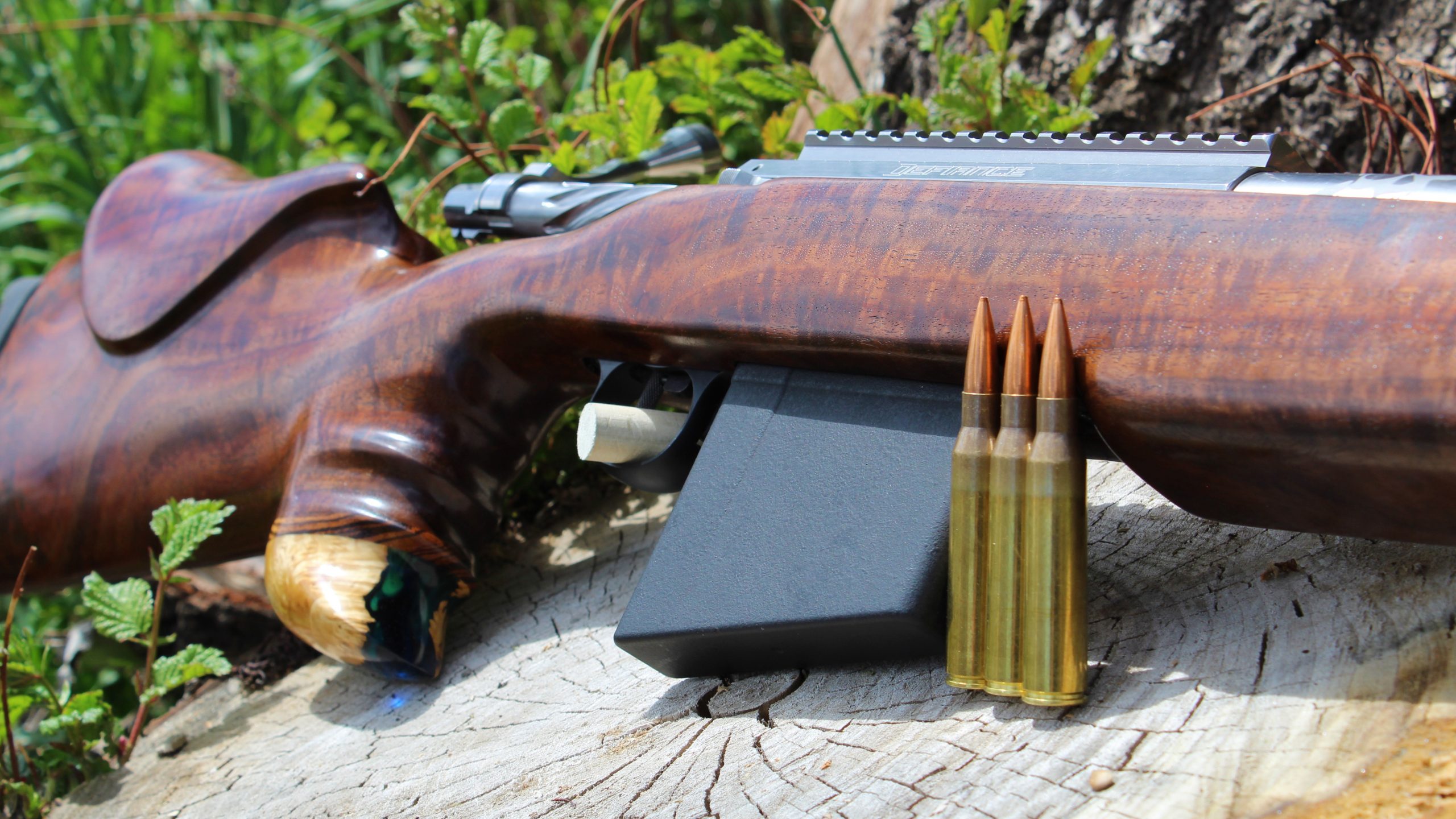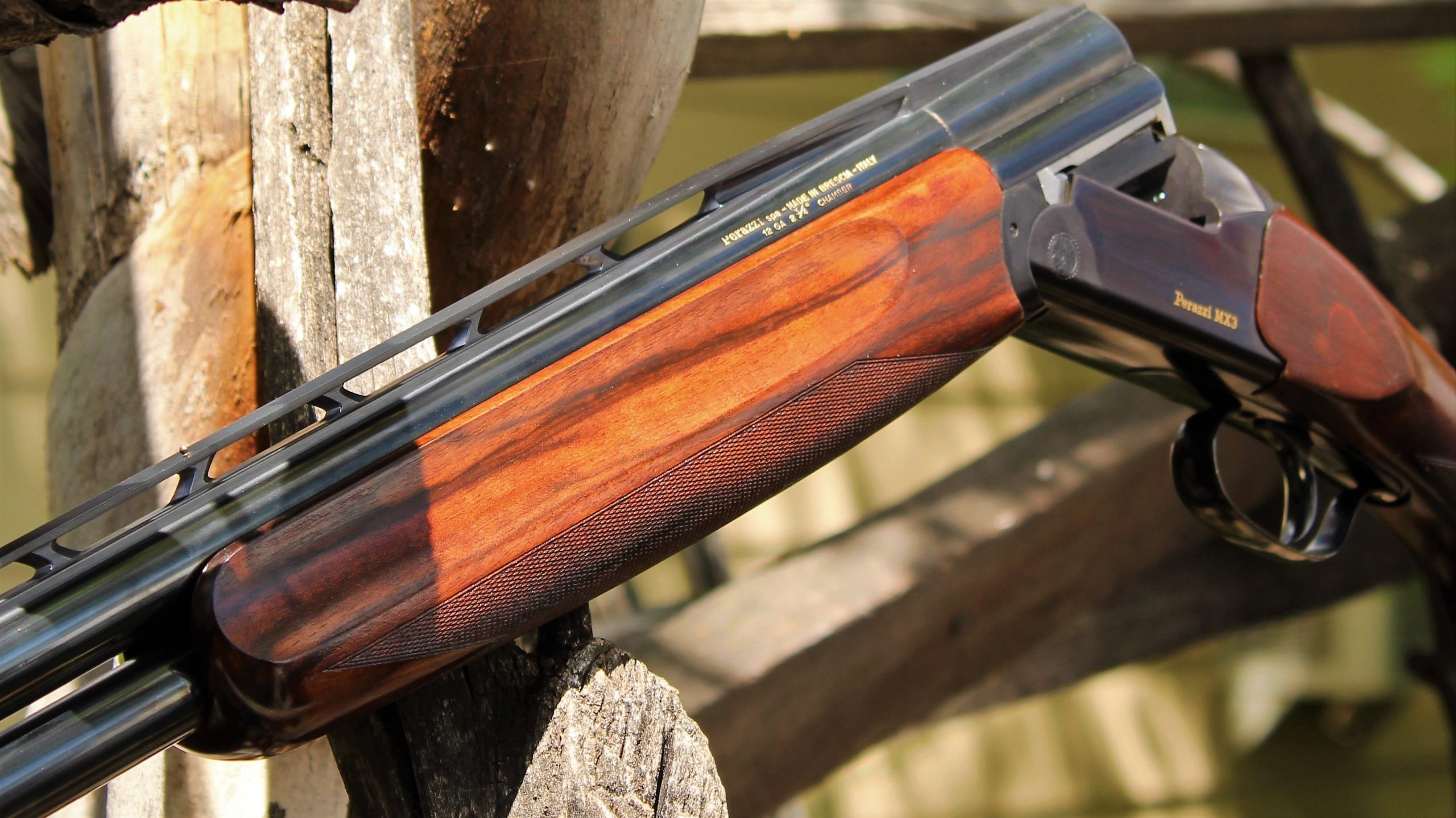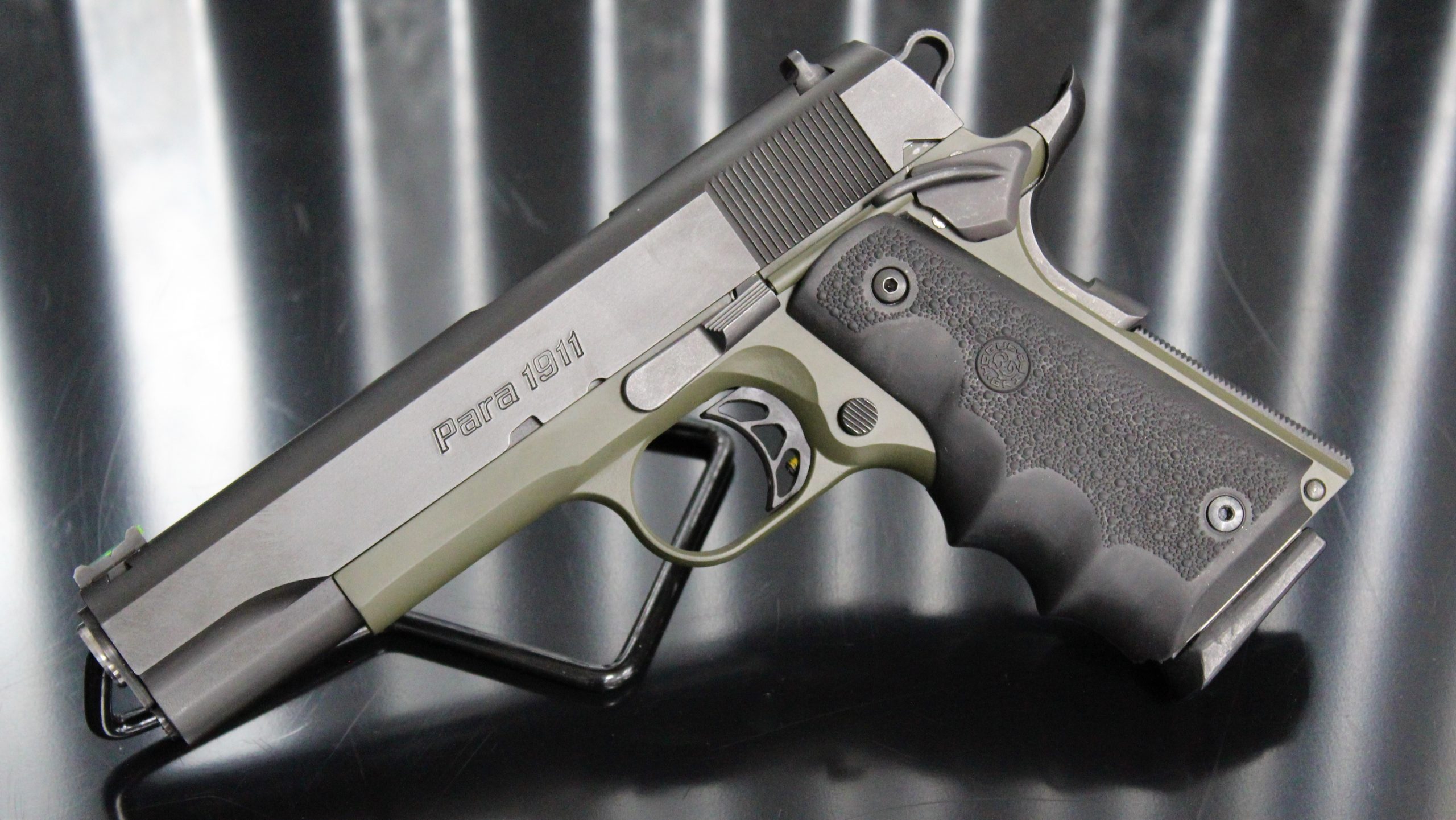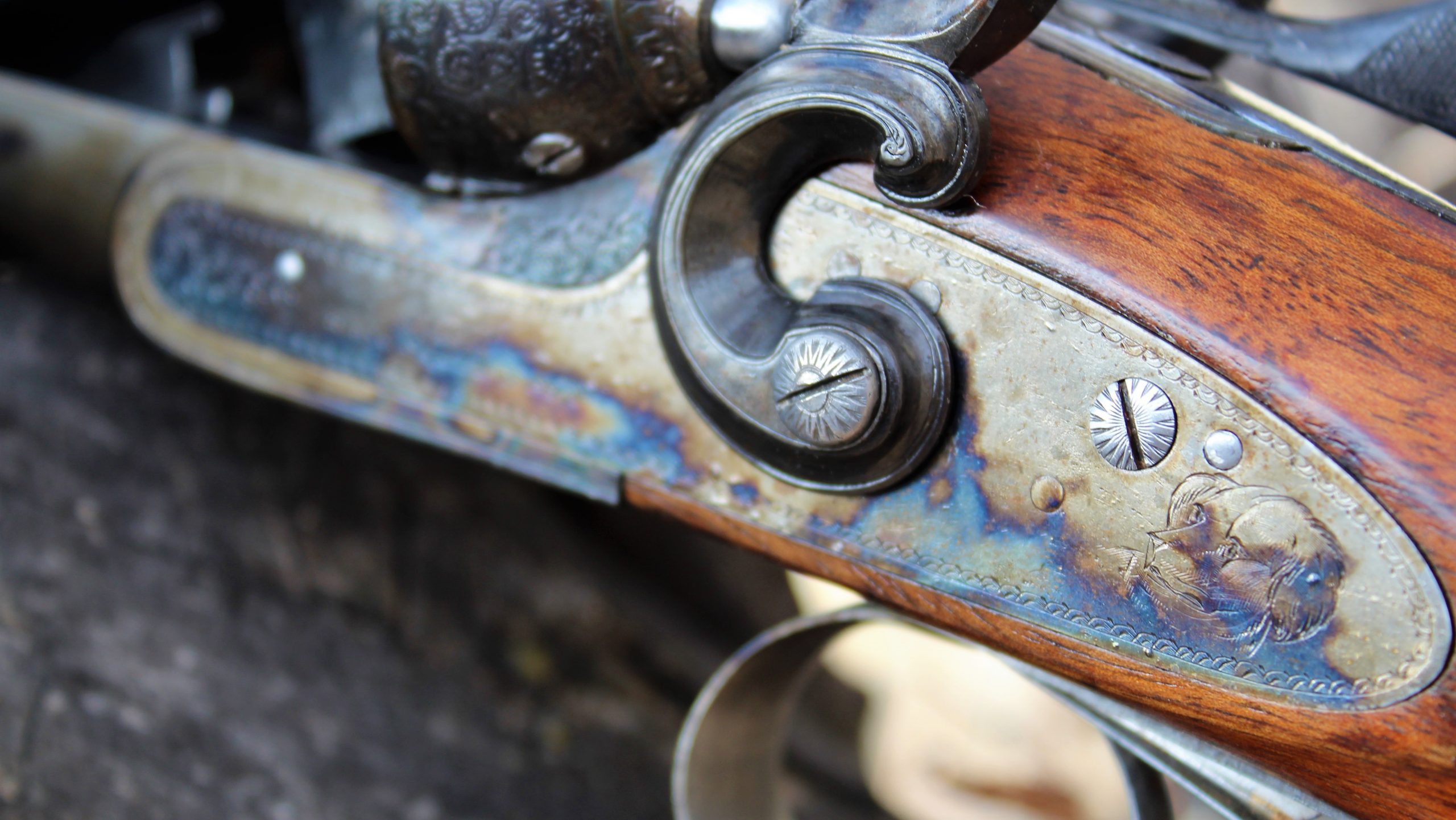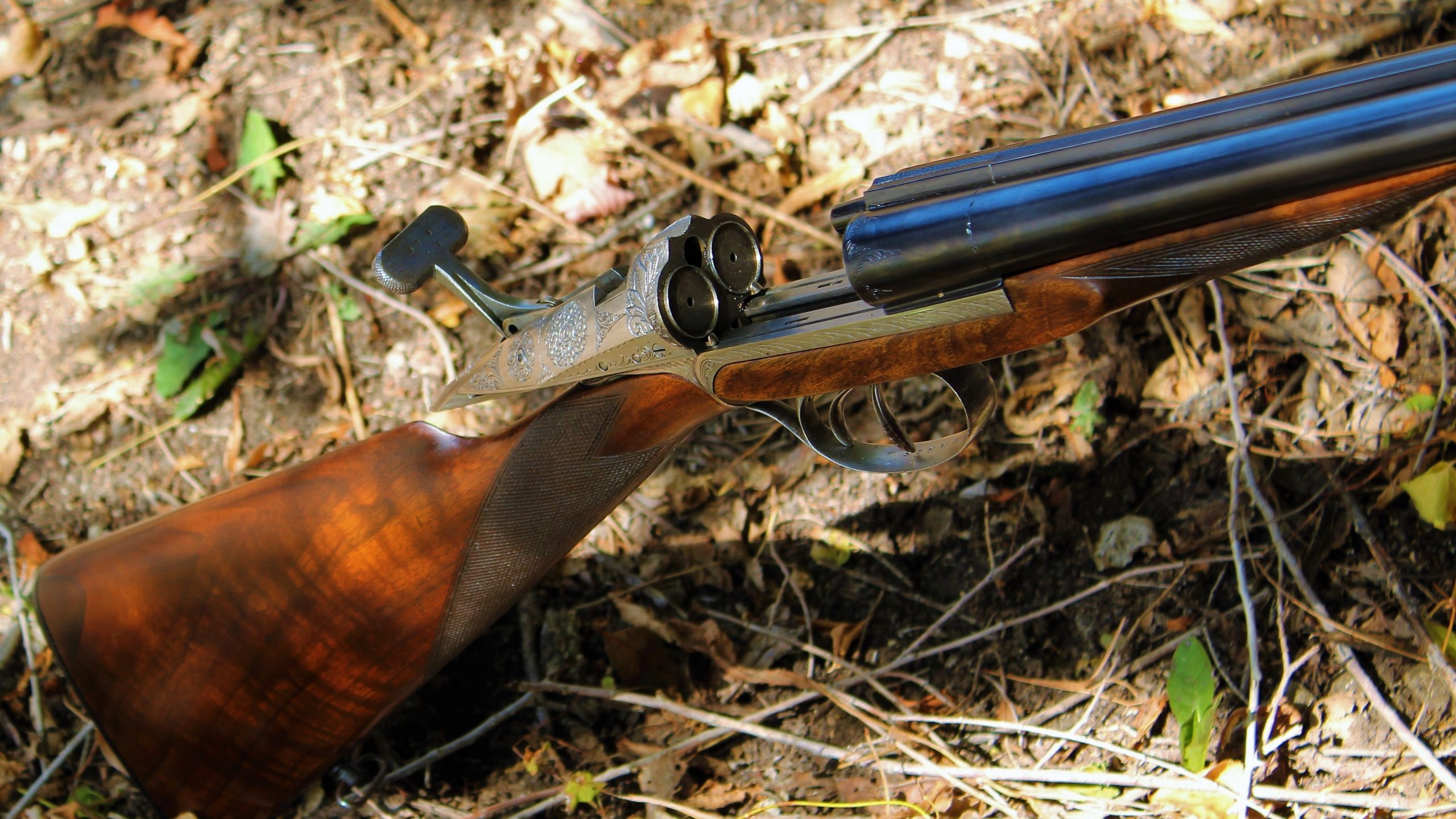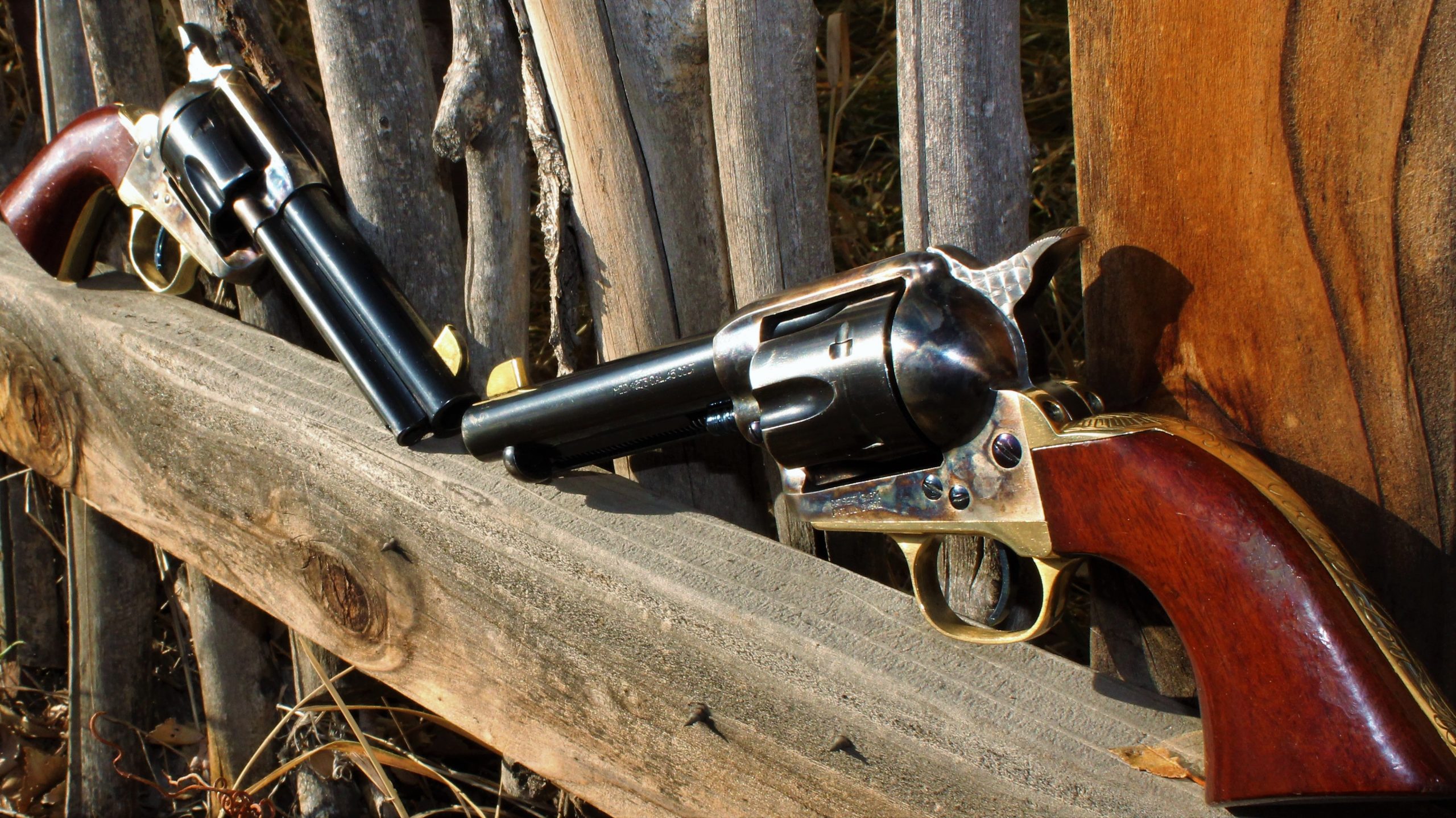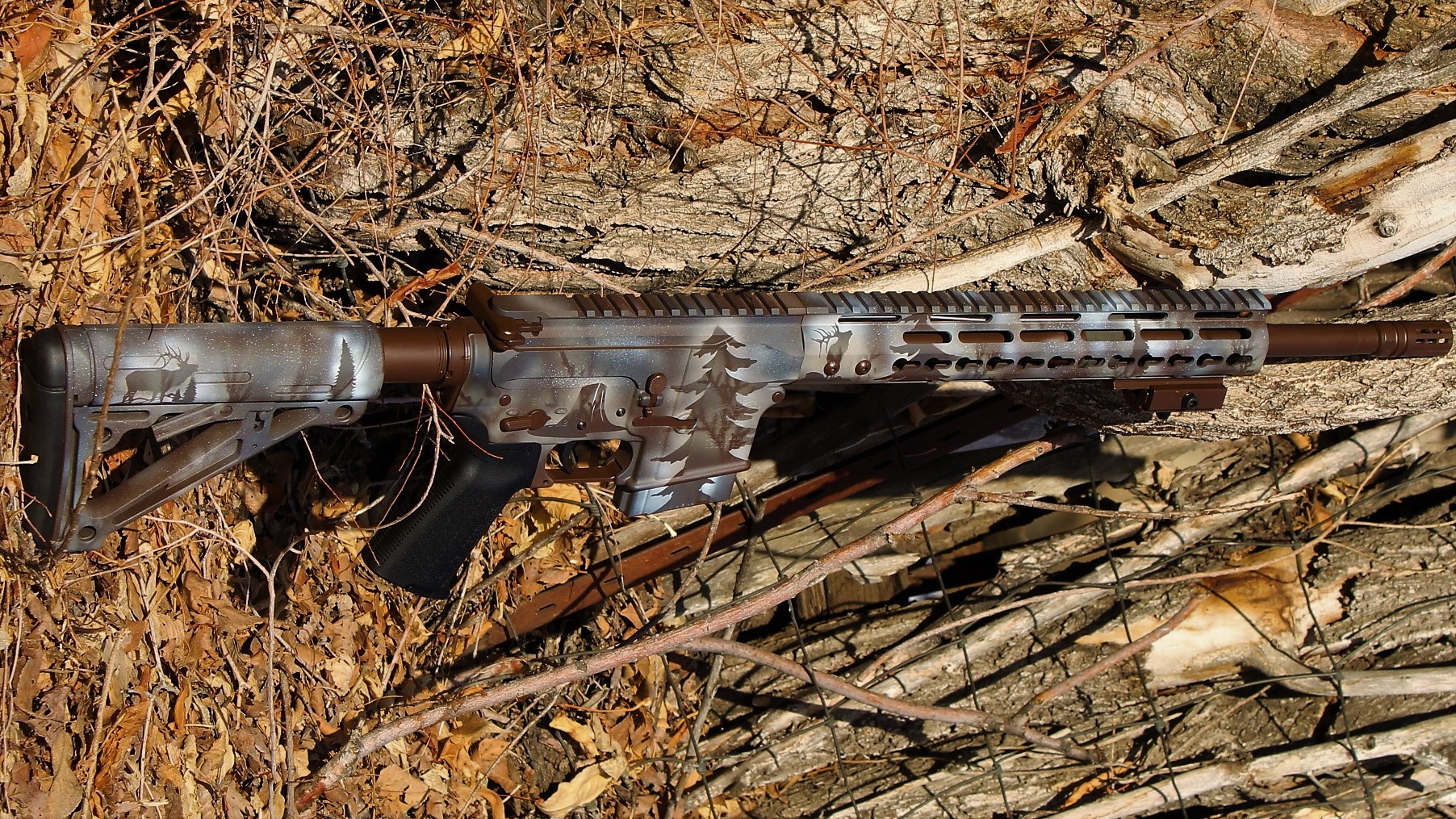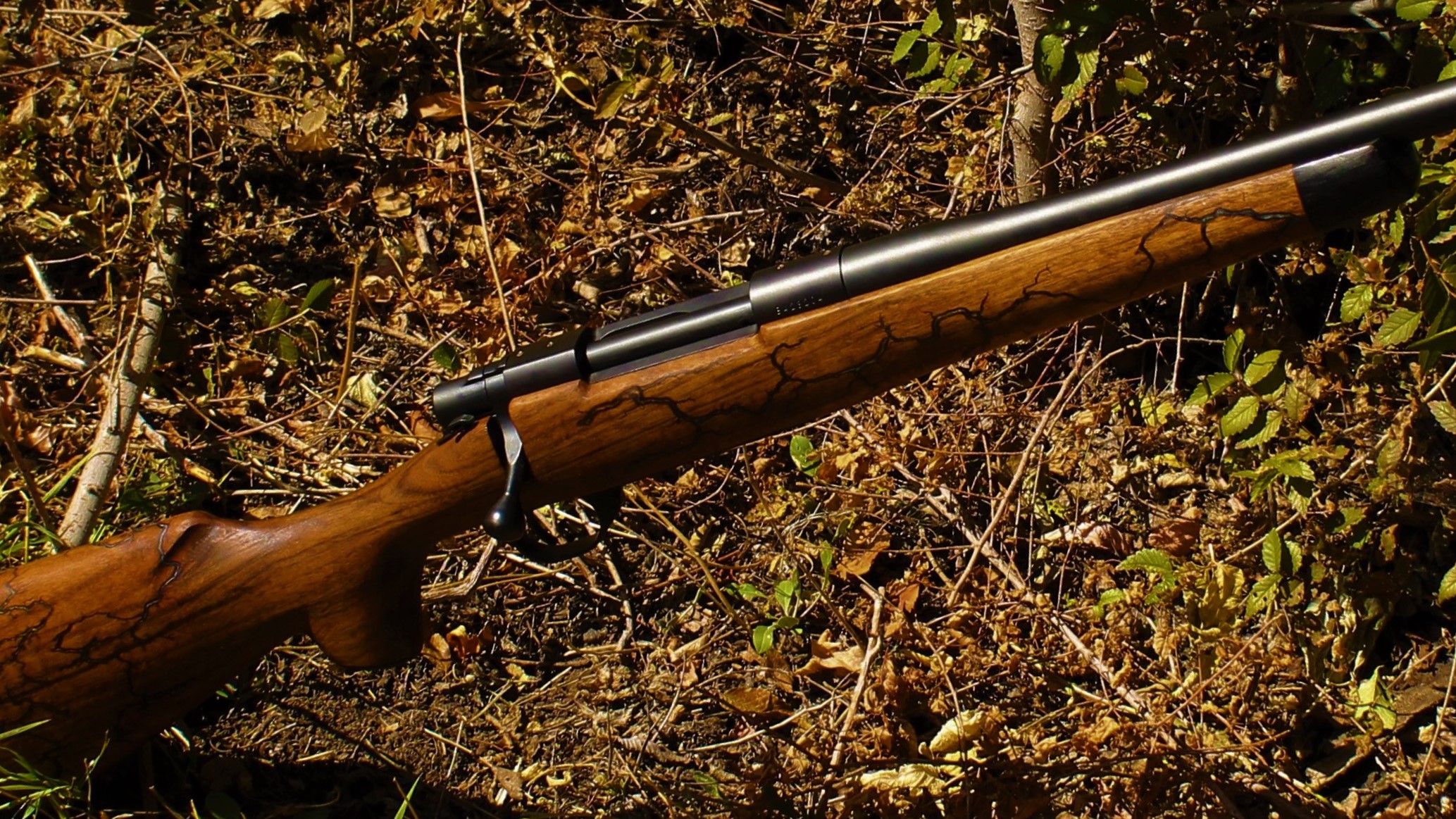Protecting your hearing is a must – but you also need to be able to communicate with your fellow hunters and hear the light footstep of a deer on the forest floor. Hearing matters for more than deer; the fastest and easiest way to locate a turkey is to listen for the chatter and gobbles coming from a Tom – cover your ears too early and you’ll have to go without a turkey dinner this spring.
Hunting differs from a trip to the gun range; you can expect rapid, regular firing at the range and pick the ear protection that offers the fullest degree of coverage. While a rifle or long gun is generally not as loud as a pistol or revolver, it is still loud enough to cause damage. Since you’ll still need to use your senses as you hunt, picking ear protection is a little more tricky. What protection do you need, and when should you use it?
Some assume that since you are only firing occasionally, you can do without protection, but even a single hunt has the potential to cause permanent hearing damage, according to the American Speech Language Hearing Association. Learning more about how hearing damage works and the science behind ear protection can help you protect your hearing while you hunt; whether you are furthering your own firearms skills or helping a young person get started, hearing protection is an important part of gun safety.
The science behind ear protection
We measure the sounds we hear every day in terms of decibels (dB); normal human speech registers at about 60 dB, while your car engine could range from 70-90 dB. Sounds that are over 100 dB have the potential to damage your hearing over time, while single instances of loud noise over 140 dB can cause permanent damage. A .22 rifle shot is over 140 dB as are virtually all shotgun, pistol and revolver shots.
Since all gunshots surpass the safe level for human hearing, it is essential that you use protection any time you fire a weapon. Protecting your hearing should be considered part of basic gun safety. Some hearing protection options are better than others when it comes to hunting; the right choice for you depends on your personal preferences and budget.
Gun safety tips: Ear protection options
Earplugs
Made out of a soft, compressive foam, inexpensive earplugs may be all you need to muffle sound and protect your hearing. Earplugs have several advantages – they are cheap, readily available and disposable. While earplugs certainly help protect your hearing, they do have some significant downsides. If you do not like things in your ears, you won’t like earplugs. They also dampen all sound, making it more difficult to tell how much noise you are making and if an animal is near. They can also be difficult to insert when your hands are cold – you need to roll the foam into a tight coil to insert them into your ears.
Passive ear muffs
They look just like a pair of headphones, but passive ear muffs add an extra layer of protection as you hunt. Designed to mold to your head and cover your ears completely, this style of ear protection is more expensive than earplugs but provides more protection as well. Passive earmuffs block all sounds, so you won’t be able to hold a conversation or realize how much noise your group is making while wearing them.
Electronic ear muffs
Probably the best option for hunting is also the most expensive. Electronic ear muffs selectively filter sound, so you can have a conversation, hear that distant gobble or realize how much noise you are making as you stomp around getting set up. Electronic muffs dampen the sound of a shot considerably, protecting your hearing while allowing for effective communication, making them the ideal choice for hunting. If you are serious about hunting, then a set of electronic ear muffs is an essential part of your kit.
Using hearing protection
Setting up
Unless you are wearing electronic ear muffs, don’t put your hearing protection in until after you’re set up in your spot; the deer in the area can hear you even when you are trying to be careful. If you cover your own ears you may end up making a lot more noise than you intend to as you scope out the area, set up or climb into a blind. Set up the day before if possible, or add your ear protection after you’ve settled into your spot. The deer and other animals in the forest already have superior hearing to yours; dampen your own senses and you could scare anything worth bagging away from your site.
Hunting alone or with a group
If you are out on your own, then simply remembering to insert earplugs or don the dampening headphones may be enough, if you are not using the electronic versions. Hunt with a group or even a single partner and your needs become more complex. A gun fired near you has the same impact on your hearing as one you fire on your own, so communication is a must. Choosing ear protection that works full time to protect your ears is best if you are hunting in a group; you won’t have to worry about loud and potentially damaging surprises.
Protect your hearing every time you hunt
The best hearing protection in the world won’t do you any good if you don’t use it. Make a commitment to tracking down and acquiring the best protection you can find – and to using that protection every time. Ear protection should be as important as caring for your firearm and choosing the right site. Protecting your ears now ensures that you’ll still be able to hear the subtle rustling of a turkey in dense brush – or the loud gobbling of a Tom looking for hens – for years to come.

